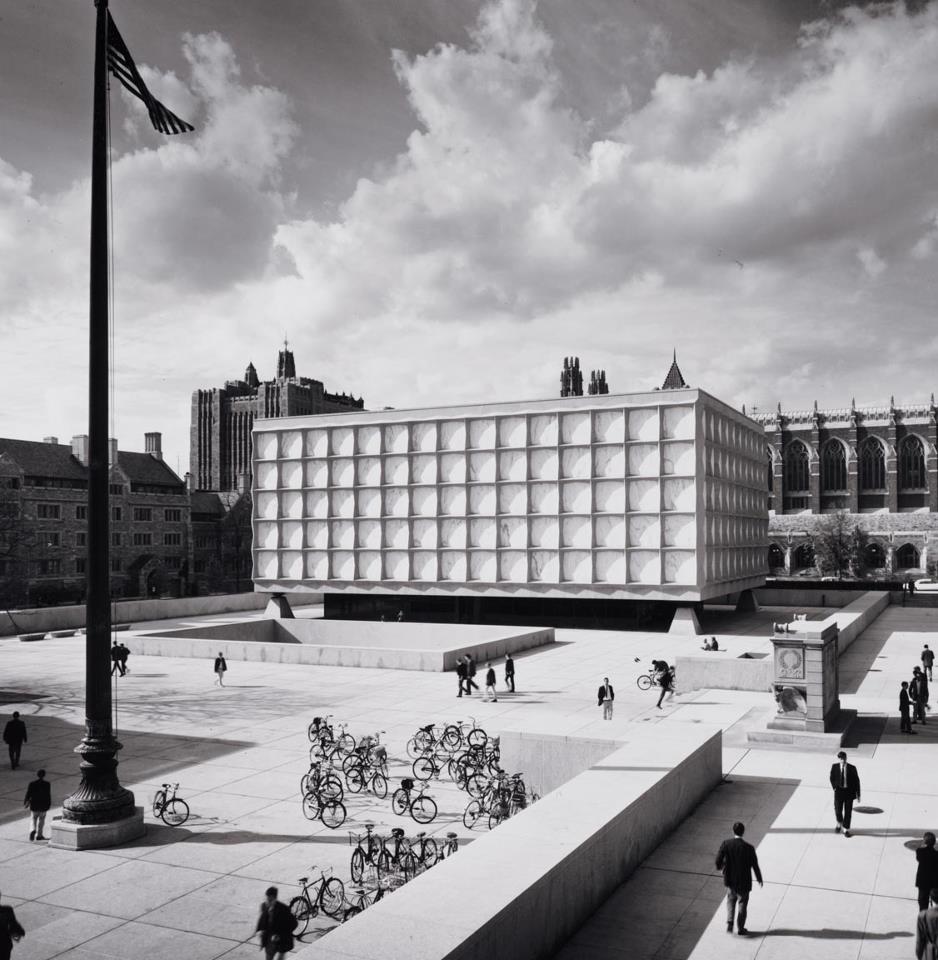Fritz Eichenberg Exhibit at Yale

The émigré woodcut artist Fritz Eichenberg is the subject of the exhibition on view at the Beinecke Rare Book & Manuscript library from 28 January until 16 April 1999. Organized by Bridget Burke, curator of the Arts of the Book Collection at Sterling Library, the exhibit celebrates Yale’s acquisition of the artistic archive the artist, best known for his illustrations of Russian literature and gothic tales, and for his contributions to Dorothy Day’s Catholic Worker.
The exhibition draws on materials in the Eichenberg archive, which contains over 400 original printing blocks and over 6,000 works on paper by the German-born artist. The collection includes original art work, sketches, monoprints, lithographs, watercolors, and artist’s proofs of Eichenberg’s work. Like a photographer’s negatives, the boxwood and maple printing blocks of this master of wood engraving illuminate the art and technique of white line wood cut illustration, while working drawings and sketchbooks preview the design process. Proofs and correspondence with authors trace the collaborative aspects of book illustration, as do personal correspondence and holiday greeting cards exchanged by the Eichenbergs and a wide circle of illustrators, designers and woodcut artists. Of special interest is material relating to Eichenberg’s activity as a commercial artist and cartoonist-reporter in Berlin in the 1920s, and work documenting his experience as an artist with the Federal Arts Project during the 1930s.
The Eichenberg Trust donated these materials to Yale’s Arts of the Book Collection at Sterling Memorial Library in 1996, where they joined rich holdings of original woodcuts, including blocks by Fritz Kredel, Bernard Brussel-Smith, and John Warner Barber, and nineteenth-century illustrations to the Merriam-Webster dictionary. The Fritz Eichenberg collection is described on the web at www.library.yale.edu/aob/eichen.htm
A native of Cologne, Fritz Eichenberg studied art in that city and in Leipzig. He moved to Berlin in 1923, and for the next decade worked as an artist-correspondent for various magazines and newspapers. He left Europe in 1933 and settled in New York, where, in addition to his work for the Federal Arts Project, he taught at the New School for Social Research and carried out commissions for the Limited Editions Club and the Heritage Press. In 1947, Fritz Eichenberg began teaching at the Pratt Institute and was appointed chairman of its art department in 1956. He held a similar position at the University of Rhode Island at Kingston from 1966 until his retirement in 1971. He died in 1990.